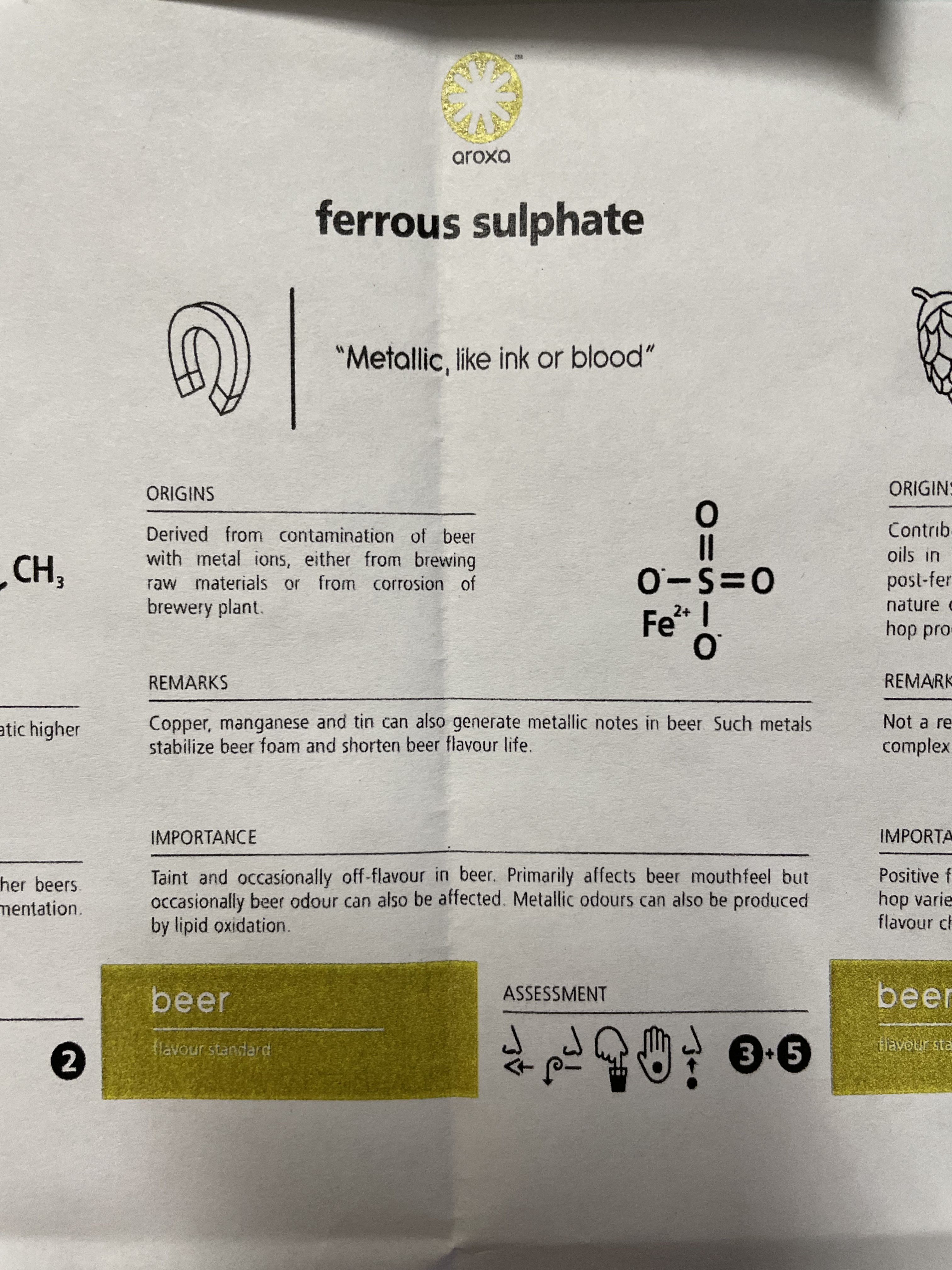We've had a couple of beers take on a slight metallic/tin like taste after they make it to the keg. It doesn't come on right after kegging and it's not every glass even. I have not noticed it on every beer, it's only been a couple - the latest is a blonde ale and I did notice it on a brown ale some time ago.
Because it shows up after kegging, I would think it would have to do with something I'm doing on that end. All of our kegs go through a clean with oxyclean, a thorough rinse, and then a sanitize where we fill it up to the top with sanitizer and push it out with CO2 (all cleaning done with the SSBT Keg Washer). We carbonate in the unitank and then closed transfer from the tank to the kegs. Because we only have a 2 tap kegerator, 1 keg will usually go into the kegerator and 2 will sit out at room temp until the kegerator has an open spot. We don't usually notice a tin like taste until after the first keg is gone.
Any thoughts on what to look at?
Because it shows up after kegging, I would think it would have to do with something I'm doing on that end. All of our kegs go through a clean with oxyclean, a thorough rinse, and then a sanitize where we fill it up to the top with sanitizer and push it out with CO2 (all cleaning done with the SSBT Keg Washer). We carbonate in the unitank and then closed transfer from the tank to the kegs. Because we only have a 2 tap kegerator, 1 keg will usually go into the kegerator and 2 will sit out at room temp until the kegerator has an open spot. We don't usually notice a tin like taste until after the first keg is gone.
Any thoughts on what to look at?






